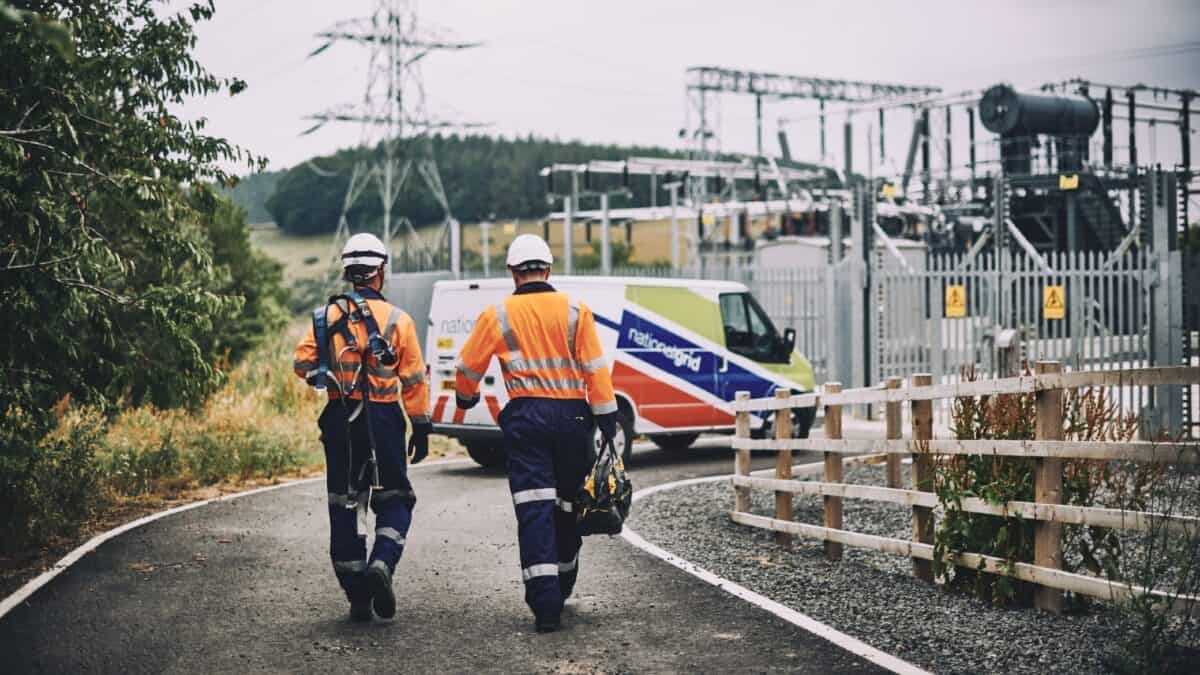A lot of income investors like the dividend potential of utility companies. Take power distribution network National Grid (LSE: NG) as an example. At the moment, the National Grid dividend yield is 5.7%. Not only that, the FTSE 100 company increased its annual dividend last year. And the year before that. And the year before that. And the year before that.
In fact, the company has been raising its ordinary dividend annually for many years.
So, why do I have no interest in buying the shares for my portfolio and hoping for a growing passive income thanks to the National Grid dividend?
Passive income stocks: our picks
Do you like the idea of dividend income?
The prospect of investing in a company just once, then sitting back and watching as it potentially pays a dividend out over and over?
If you’re excited by the thought of regular passive income payments, as well as the potential for significant growth on your initial investment…
Then we think you’ll want to see this report inside Motley Fool Share Advisor — ‘5 Essential Stocks For Passive Income Seekers’.
What’s more, today we’re giving away one of these stock picks, absolutely free!
Attractive business model or not?
In a word: debt.
I will give a more detailed explanation below. But before I do that, I think it is fair to acknowledge that the National Grid investment case has a lot going for it. That helps explain why it has an army of small shareholders: over half a million investors held 500 or fewer shares at the time of the most recent annual accounts.
The reason utilities are popular with many investors is because they often have the economic characteristics of a monopoly. That implies significant pricing power, although regulation can put a cap on that – and does, in the case of National Grid.
Demand for power generation is likely to be resilient, for decades. Indeed, due to population growth and changed energy consumption patterns, it may increase.
Building a distribution network to rival National Grid’s would be prohibitively expensive, if not downright impossible. What rival would bother even trying?
Why I’m bearish
But what I see as the source of National Grid’s pricing power – its unique network – it also the reason I am bearish on its business model and investment case.
Building and maintaining a distribution network would not only be expensive for competitors. It is already expensive for National Grid.
The steadily rising National Grid dividend could theoretically keep growing forever – if the company has enough free cash flow. But it has to spend a lot of capital maintaining the network. It is currently in the midst of a £40bn five-year investment programme. That eats into free cash flows heavily.
On that basis, it is perhaps unsurprisingly that the company’s balance sheet has shown sizeable growth in net debt over the long term. Last year it fell 4%, but still weighed in at £41bn. That is more than the company’s entire market capitalisation of £37bn.
Looking elsewhere
Share ownership is not just about dividends. The National Grid dividend has been growing – and so has its share price. It is up 19% in five years.
But if there is a nasty surprise on the dividend front I think the share price could fall too. Utilities do sometimes cut dividends and such cuts can be brutal: just ask anyone who owns shares in SSE.
I am concerned about the long-term outlook for the National Grid dividend given the company’s debt pile. I therefore have no plans to buy the shares despite the juicy yield.








